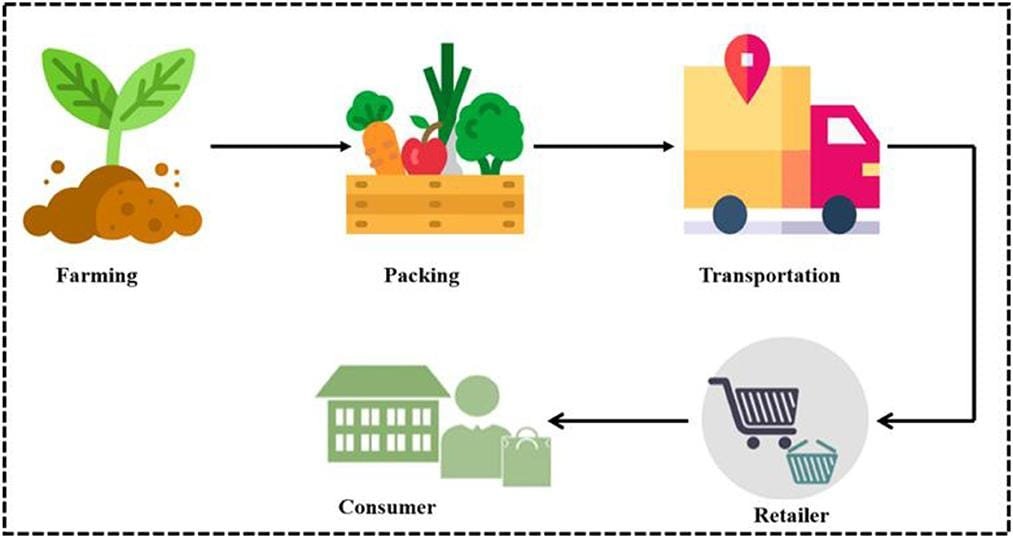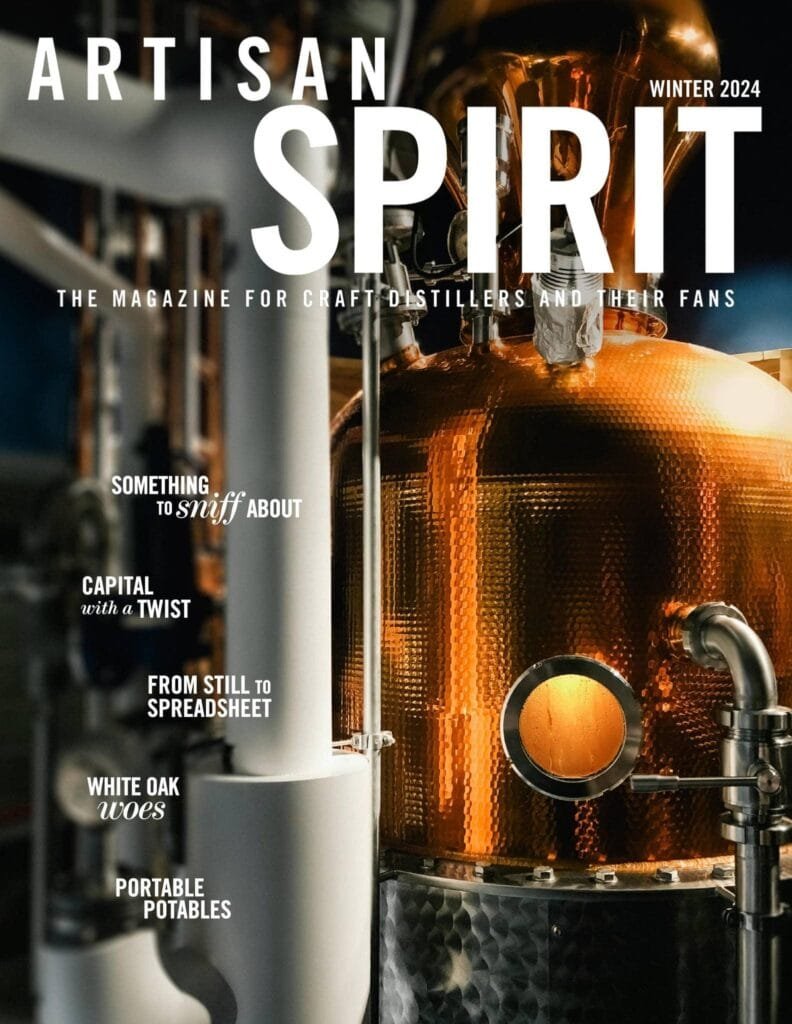The global autonomous farm equipment market is undergoing a transformative shift, driven by technological advancements in artificial intelligence, machine learning, and precision agriculture.As customary farming practices evolve to meet growing food demand and labor challenges, autonomous solutions are emerging as a viable alternative for agricultural operations. From self-driving tractors to automated harvesting systems, these technologies are reshaping the farming landscape, promising enhanced efficiency, reduced operational costs, and improved crop yields. This extensive analysis examines the market trajectory through 2030, considering key drivers, challenges, and opportunities that will influence the adoption of autonomous farming equipment across different regions and agricultural sectors. The agricultural sector is undergoing a dramatic transformation with the integration of autonomous technology, revolutionizing traditional farming practices. Market projections indicate ample growth in the autonomous farm equipment segment, with an estimated value reaching $180 billion by 2030, representing a compound annual growth rate (CAGR) of 12.8%.
Key drivers propelling this market expansion include labor shortages, increasing food demand, and the need for precision agriculture. Advanced technologies like GPS guidance, IoT sensors, and artificial intelligence are enabling farmers to optimize operations while reducing operational costs by approximately 30%.
Major equipment manufacturers are investing heavily in research and development to enhance autonomous capabilities. Self-driving tractors equipped with computer vision and machine learning algorithms can now perform complex tasks such as plowing, seeding, and harvesting with minimal human intervention. These machines operate 24/7, substantially improving productivity and efficiency.The adoption rate of autonomous farm equipment varies globally,with North America leading the market share at 35%,followed by Europe at 28%. Asia-Pacific regions are expected to witness the fastest growth due to rapid technological advancement and government initiatives supporting smart farming practices.
Emerging trends include swarm robotics, where multiple smaller autonomous machines work collaboratively, offering greater flexibility and reduced soil compaction compared to traditional large equipment. Electric and hybrid autonomous vehicles are gaining traction, aligning with sustainability goals and reducing environmental impact.
Data analytics platforms integrated with autonomous equipment provide real-time insights for decision-making,enabling precise resource allocation and yield optimization. This integration is expected to reduce water usage by 20% and fertilizer application by 15% across adopting farms.
Challenges facing the market include initial high investment costs, cybersecurity concerns, and the need for reliable connectivity in rural areas. However, innovative financing models and improving rural infrastructure are addressing these barriers.
Regulatory frameworks are evolving to accommodate autonomous farming technology, with several countries developing specific guidelines for operation and safety standards.This regulatory clarity is expected to accelerate market growth and investor confidence.
The service segment of the market, including maintenance, software updates, and operational support, is projected to grow at 15% annually, creating new revenue streams for equipment manufacturers and technology providers.
Competition in the market is intensifying as traditional agricultural equipment manufacturers face new entrants from the technology sector. Strategic partnerships between agtech startups and established players are becoming common,driving innovation and market expansion.Farmers adopting autonomous equipment report average productivity gains of 25% and operating cost reductions of 20%, making the technology increasingly attractive despite initial investment requirements. These compelling economics suggest continued strong market growth through 2030.








